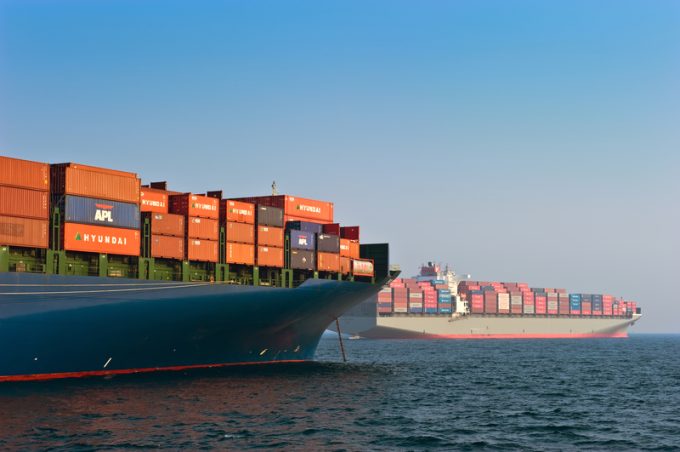'Procurement games': pay up for guaranteed uplift in the next 90 days
Pay to play…

Having succeeded in pushing up container spot rates from Asia to Europe and to the US, ocean carriers are now turning their attention to securing as much cargo as they can for sailings after the Chinese new year (CNY) holiday.
However, the lines’ strategy could mean significant delays in the supply chain as shippers suffer container rollovers.
With the majority of headhaul ships fully booked ahead of CNY, which begins on 25 January, carriers are planning to roll some ‘non-premium’ cargo into ...
'Disastrous' DSV-Schenker merger would 'disrupt European haulage market'
New senior management for DSV as it readies for DB Schenker takeover
Volumes set to 'fall off a cliff' as US firms hit the brakes on sourcing and bookings
Asian exporters scramble for ships and boxes to beat 90-day tariff pause
Amazon pushes into LTL for small package fulfilment and UPS does a u-turn
Temporary tariff relief brings on early transpacific peak season
Pre-tariff rush of goods from US to China sees air rates soar, but not for long
'Tariff madness' will prompt renegotiation of ocean shipping contracts

Comment on this article